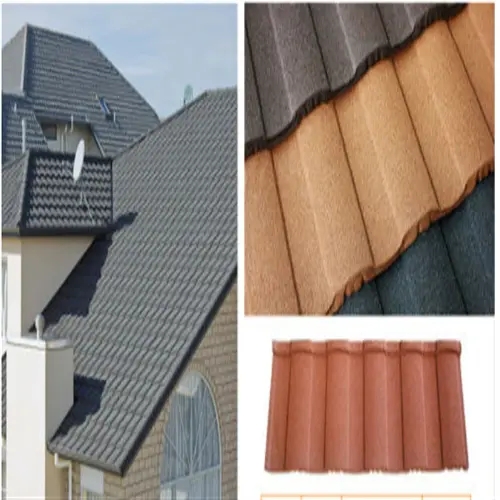
The Evolution and Importance of Stud and Track Frame Forming Machines
In the modern construction and manufacturing sectors, efficiency and precision play pivotal roles in ensuring that projects are completed on time and with the highest standards of quality. Among the numerous machines that facilitate this efficiency, stud and track frame forming machines stand out as vital tools in the production of metal framing systems. These machines are designed to fabricate metal studs and tracks, which are essential components in the construction of walls, ceilings, and other structural elements.
Understanding the Basics
Stud and track frame forming machines operate on a fundamental principle of metal forming. They take flat metal sheets, typically made from galvanized steel, and process them through a series of stages, including shearing, bending, and punching. The result is a continuous product that can be cut to specific lengths as needed for various construction applications. The machine can produce various sizes and shapes of studs and tracks, adapting quickly to meet the demands of different projects.
Technological Advancements
Over the years, advancements in technology have revolutionized stud and track frame forming machines, enhancing their performance and output. Modern machines are often equipped with computer numerical control (CNC) capabilities, allowing for precise adjustments and intricate designs. This technological integration not only improves accuracy but also significantly reduces the time required for changeovers between different sizes and profiles. Additionally, automated features can minimize human error, ensuring consistent product quality.

Another noteworthy development is the implementation of real-time monitoring systems within these machines. These systems provide operators with immediate feedback on production rates, material usage, and equipment performance. Such data-driven insights enable businesses to optimize their operations, reduce waste, and enhance overall efficiency.
Economic Benefits
Investing in stud and track frame forming machines can yield substantial economic benefits for manufacturers and contractors. By streamlining the production process, these machines reduce labor costs and increase production speed. This efficiency translates to a higher output in less time, allowing companies to take on more projects and improve their bottom line.
Furthermore, the use of metal framing systems fabricated by these machines can lead to significant cost savings in construction. Metal studs and tracks are lighter than traditional wooden alternatives, translating to easier handling and lower transportation costs. Additionally, metal framing offers advantages in terms of fire resistance, durability, and sustainability, aligning with contemporary building practices that favor eco-friendly materials.
Conclusion
Stud and track frame forming machines have become indispensable in the construction industry, driven by their ability to produce high-quality metal framing components efficiently. As technology continues to advance, these machines will evolve further, offering even greater precision, flexibility, and cost-effectiveness. For contractors and manufacturers looking to stay competitive in a rapidly changing market, investing in state-of-the-art stud and track frame forming machines is not just a choice—it is a necessity. By embracing these innovations, businesses can not only enhance their operational efficiency but also contribute to building safer, more resilient structures for the future.